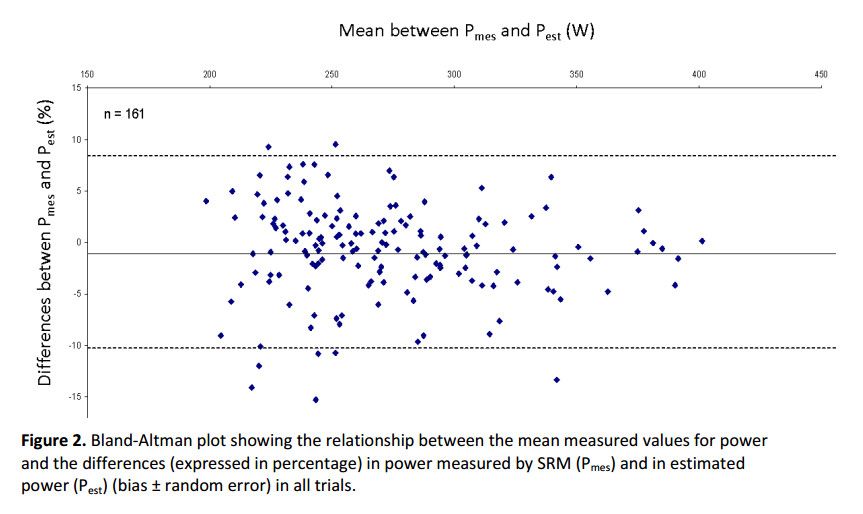Liaman wrote:
FWIW to you, both the Ferrari model and the CPL model have been repeatedly validated in cases where we have known the power output as measured.
Cool. Can you post the data and methodology used for verification?
Liaman wrote:
To directly quote Ross Tucker:
"The estimate for Froome ranges between 6.1 W/kg (Ferrari method) and 6.2 W/kg (CPL method) for the 41 min climb.
For the sake of comparison, the estimates compare favorably to estimates of Robert Gesink’s power output. As per his MEASURED power output reported on Strava, he produced 409 W (5.8 W/kg if we go with 71kg, halfway between his Strava-listed and team-website listed mass), while the CPL method estimates 408.8W (5.8 W/kg) and Ferrari’s formula 5.86 W/kg. Conservatively then, I’m once again confident that the estimate for Froome is not outrageously wrong (I’d say it’s exceptionally accurate), and that he was at least at 6.1W/kg (calculations & times, as always, provided by
the excellent Ammattipyoraily)
Quintana, incidentally, at 5.9W/kg, was just slightly above what we’ve seen from the Tour winners for the last four years, for the length of the climb, while everyone else was down on estimates, so a howling tail-wind won’t cut it this time."
Also according to Tucker this week, 6.1W/kg for ~40-minutes equates to having a VO2max in the mid 90s. That's Vayer-esq maths.
For a scientist, I think he is substantially over confident in the precision of these power estimates.
Gesink was mostly solo, no? Froome was not.
Who tested the validity of Gesink's Pioneer power meter data?
Who measured the wind along the course?
Liaman wrote:
It was also noted that the modelling of Froome's 2013 Ventoux climb produced an estimated power output that was only a single Watt above/below (I don't remember which) the actual number reported in the hacked/leaked power file this week.
Impressive. But just because two methods came up with the same number doesn't mean they are right. There may have been a similar bias or even random error in both. e.g. Froome used non circular rings, known to inflate SRM power meter readings, even more so on a climb. So how come the estimate matched the power meter? Does that not suggest a little more rigour might be worthwhile?
Liaman wrote:
Everybody will have different opinions on evidence of exceptionally high power output being used as evidence of guilt,
Whatever one might think of what is plausible/implausible power output, a dopeometer it ain't.
Liaman wrote:
but I think we have reached a point where we can at least trust (within limits) the accuracy of the models when applied during often used climbs.
I don't, and so far the only actual published peer reviewed science testing these very models on climbs with proper controls doesn't either. Well to be fair, they attained good accuracy over a large number of samples, but precision was not so flash with much random error to rely on a single data point.
In science you don't just go looking for data that support your theory, you also rigorously look for why it might be wrong and see if these reasons can be legitimately eliminated, or if the theory needs adjustment, or that its validity applies with certain conditions or caveats. Until that's done, I think scientists like Tucker should be careful in over claiming the precision of such power estimates.
http://www.cyclecoach.com http://www.aerocoach.com.au
